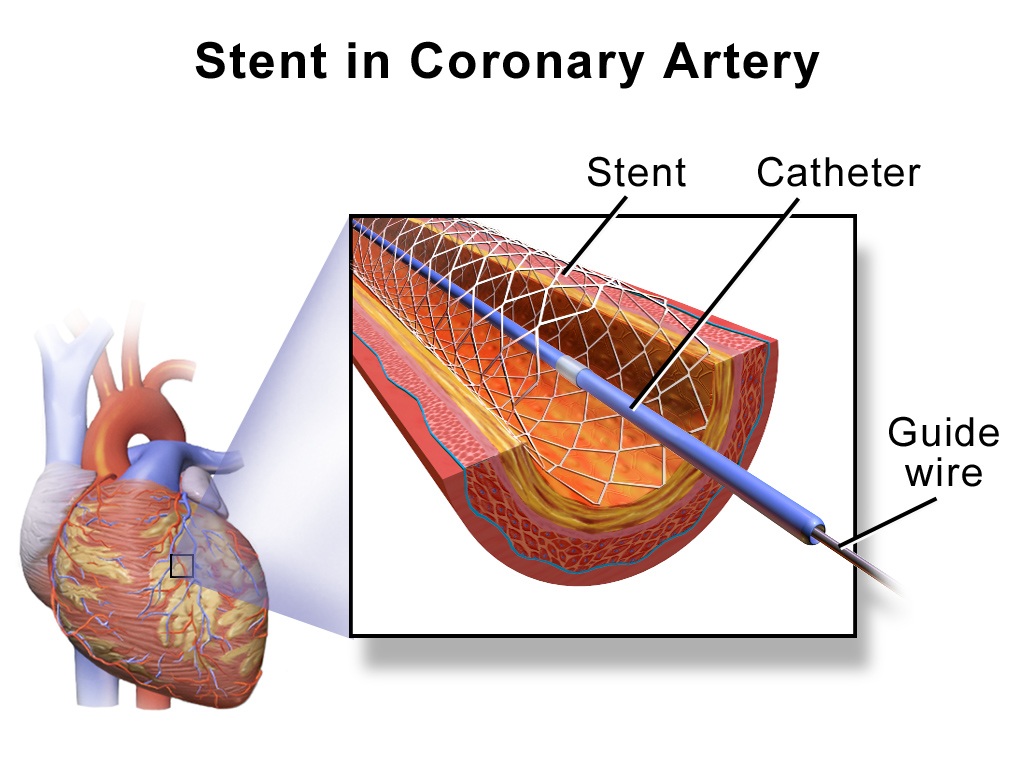
Regular workout can help women reduce the severity of their menopausal symptoms
I was first introduced to the term ‘menopause’ when my mother mentioned that her menopause phase might be starting. She was 49-years-old at the time. This casual conversation turned serious as I tried to understand what happens to a woman’s mental and physical health before, during, and after this phase. Now, as a health coach, I train quite a few women who are using exercise and nutrition to manage their menopausal symptoms successfully. This often starts with a conversation to understand the individual symptoms, designing workout routines, and spreading awareness about this important phase in womanhood.
Also read: Embracing fitness: An exercise guide for seniors to thrive
Menopause is a phase that marks the end of a woman’s reproductive years and occurs between the ages of 45 and 55. It is characterised by a decline in estrogen and progesterone levels, leading to the cessation of menstruation. Alongside this hormonal shift, women may experience a wide range of symptoms, including hot flashes, night sweats, sleep disturbances, mood swings, vaginal dryness, weight gain, and reduced bone density.
Exercise to manage symptoms
Early awareness is the key to managing menopause symptoms. And exercise can help mitigate many of the symptoms associated with this transition by addressing hormonal imbalances, improving cardiovascular health, enhancing mood, promoting better sleep, and maintaining bone density. Dr Nidhi Dudhatra, who works with women in this age group as a physiotherapist adds, “There are no specific movements that women need to focus on. Keep in mind that your workout regimen should be a good mix of cardio and strength training (lifting weights, calisthenics, CrossFit). This helps maintain a healthy weight and preserve muscle mass.”
Reduce the severity of hot flashes
Aerobic exercises such as brisk walking, jogging, cycling, and swimming help reduce the frequency and intensity of hot flashes and night sweats. These activities improve cardiovascular fitness and promote efficient temperature regulation within the body. Yoga and tai chi, which incorporate deep breathing and relaxation techniques, are great for reducing the severity of hot flashes, regulating body temperature, and, in the process, promoting better sleep quality.
Women who start exercising young have it easier. “I was an athlete growing up and was active until 20 years of age. I restarted my exercise at the age of 48 when I started noticing mood swings, insomnia, irregular periods, and hot flashes. Working out has helped regularize heavy bleeding and pain for me,” says Mangala Dolekar, a homemaker. Shonali Advani, a brand & marketing consultant shares, “I have been working out and taking care of my nutrition from the age of 16 and am yet to notice any symptoms. I am now 40 and feel quite healthy with regular periods.”
Manage mood swings and anxiety
Exercise stimulates the release of endorphins, a happy hormone which can help alleviate mood swings, anxiety, and depression commonly experienced during menopause. Community plays a large role in the release of oxytocin, the love hormone. Look for communities that support sports and exercise like running, yoga, or even board games that offer opportunities for social interaction and emotional expression.
Dr Sanjana Rao, biochemist, and Dr. Gayatri Muthukrishnan, cell and molecular biologist, co-founded Miyara Health, a community for women to spread awareness and provide services related to menopause. “Our mission is to be a friend through women’s health journeys by raising awareness and empowering them with solutions to be in control of their health,” says Rao. “The aim is to have women own their health by making decisions based on understanding the real science of their body and things around that affect them,” adds Muthukrishnan.
Reduce the risk of osteoporosis
Menopause often changes metabolism and body composition, leading to weight gain, particularly around the abdomen. Decreased estrogen levels during menopause accelerate bone loss, increasing the risk of osteoporosis and fractures. Resistance training helps stimulate bone remodelling and strengthen bones to help prevent osteoporosis, joint pains, stiffness, and decreased flexibility. Low-impact activities like swimming, water aerobics, and cycling are gentle on the joints while still providing an effective workout, making them ideal options for women experiencing joint discomfort.
The role of nutrition
Nutrition plays a large part in maintaining health and weight management but it is important to remember that every individual’s needs are different. It is easy to fall prey to misinformation and add supplements based on what other women in the same age group might be adding to their regimen. Consult with a healthcare provider before starting any new supplement regimen, especially during menopause when hormonal changes can affect various aspects of health. In general, foods rich in magnesium, calcium, and omega-3 fatty acids are good additions. Vegetarians can also look at foods rich in B complex vitamins.
Anupama Shivacharya is an independent journalist and calisthenics coach based in Bengaluru.
Also read: 8 subtle signs of menopause women tend to overlook
Source | Powered by Yes Mom Hosting






